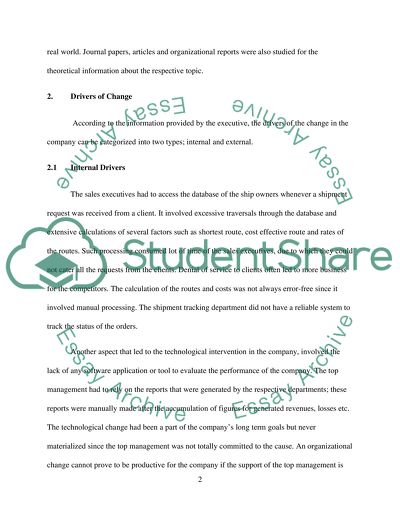Cite this document
(“Managment-- managing change Essay Example | Topics and Well Written Essays - 2750 words”, n.d.)
Retrieved from https://studentshare.org/environmental-studies/1411533-managment-managing-change
Retrieved from https://studentshare.org/environmental-studies/1411533-managment-managing-change
(Managment-- Managing Change Essay Example | Topics and Well Written Essays - 2750 Words)
https://studentshare.org/environmental-studies/1411533-managment-managing-change.
https://studentshare.org/environmental-studies/1411533-managment-managing-change.
“Managment-- Managing Change Essay Example | Topics and Well Written Essays - 2750 Words”, n.d. https://studentshare.org/environmental-studies/1411533-managment-managing-change.


